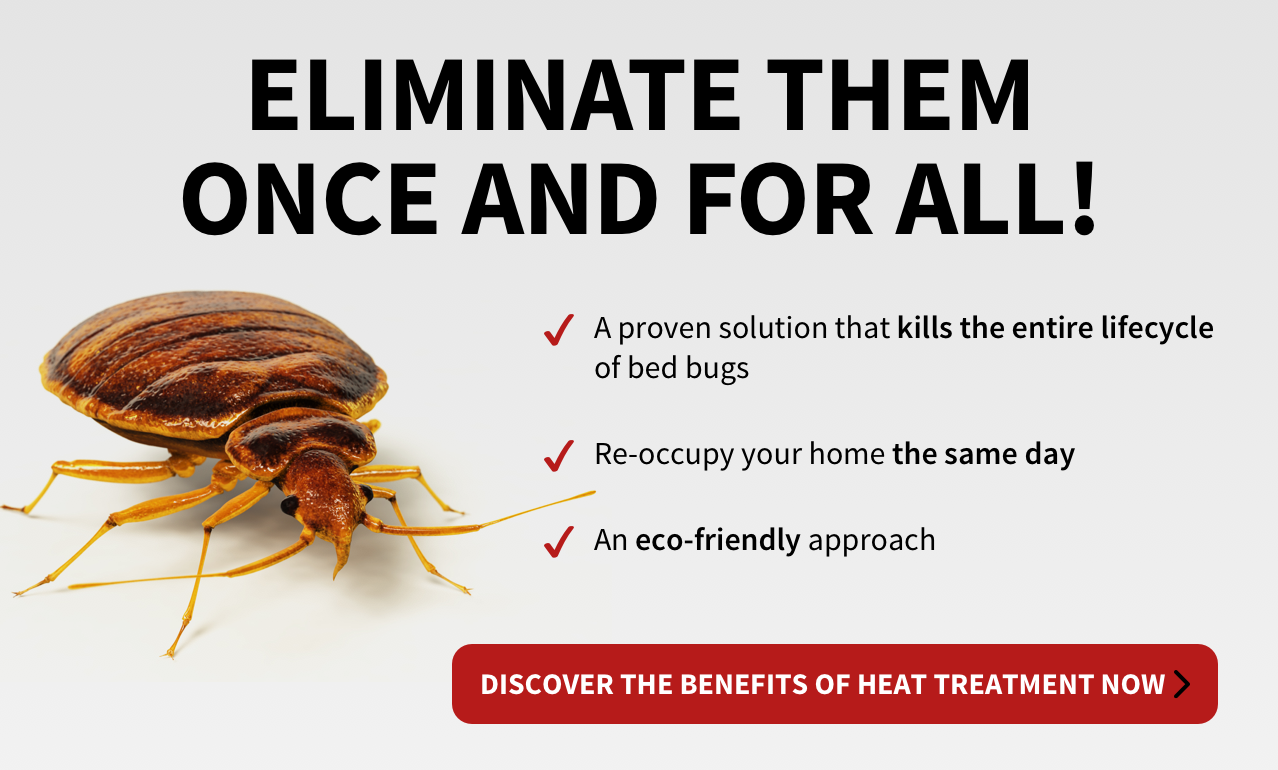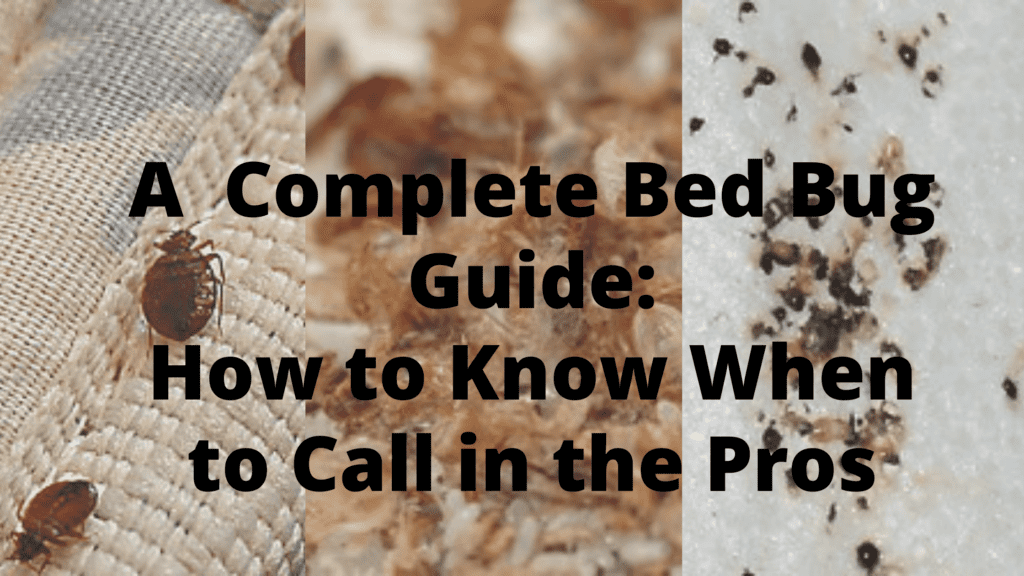Experienced Arlington Exterminator for All Your Pest Problems
Experienced Arlington Exterminator for All Your Pest Problems
Blog Article
Obtain Enlightened About the Types of Bug Control Techniques and Their Advantages for House Owners
Recognizing the different bug control techniques available to home owners is vital for effective bug management. Home owners who are educated can make strategic selections that not only address insect concerns however additionally enhance the total high quality of their living setting.
Chemical Insect Control Methods
Chemical pest control approaches are a critical component of incorporated parasite administration methods for property owners seeking reliable services to pest problems. These methods include the application of chemical materials designed to get rid of or hinder insects that intimidate personal property, health and wellness, and convenience. Usual chemicals made use of include insecticides, fungicides, rodenticides, and herbicides, each customized to target specific insects.
The key benefit of chemical pest control is its fast performance; many formulations offer instant outcomes, lowering pest populaces significantly in a short time. In addition, advancements in chemical formulas have resulted in products that are a lot more eco-friendly and have lower toxicity degrees for non-target microorganisms when used appropriately.

Biological Bug Control Techniques
Natural parasite control methods have actually obtained importance as homeowners seek more secure and much more lasting choices to conventional chemical strategies. Biological insect control strategies make use of natural predators, bloodsuckers, or virus to manage insect populaces effectively. This method is not only eco pleasant however likewise lessens the risk of injury to non-target species, including valuable bugs and wildlife.
Among one of the most common biological control techniques includes presenting all-natural killers into the setting. As an example, ladybugs can be used to control aphid populations, while nematodes target soil-dwelling insects like grubs. In addition, parasitoids-- microorganisms that live on or within a host-- can be employed to control specific insect species by laying eggs inside them, ultimately resulting in their demise.
One more strategy is using biopesticides, which are stemmed from all-natural materials such as plants, germs, or minerals (bed bug exterminator). These items can effectively target parasites while posturing marginal threat to animals and humans. Overall, organic bug control methods offer house owners with an effective means of pest monitoring that lines up with environmental principles, advertising a healthier living environment while lowering dependence on synthetic chemicals
Mechanical Pest Control Approaches
Mechanical bug control techniques incorporate a range of methods that literally stop or remove parasites without the use of chemicals. These methods are particularly advantageous for home owners seeking environmentally pleasant options while guaranteeing the safety of their space.
One common approach is the use of obstacles, such as traps, displays, and nets, which protect against insects from getting in homes or particular locations. For instance, setting up home window screens can properly keep bugs out, while utilizing physical barriers around gardens can hinder bigger insects like deer or bunnies. In addition, mechanical traps created for rats can record and remove these insects without the requirement for poisonous substances.
One more efficient method entails the usage of vacuums and brooms to get rid of parasites directly from surfaces. Regular cleaning and maintenance can significantly decrease bug populaces by removing food resources and concealing places. Furthermore, employing devices like ultrasonic pest repellents can discourage different bugs with noise waves that are undesirable to them however faint to people.
Cultural Insect Control Practices
Cultural pest control methods concentrate on modifying the environment and administration techniques to produce conditions that are much less helpful to pest invasions. These techniques are essential in maintaining a well balanced ecosystem and reducing the dependence on chemical treatments. By changing agricultural practices, house owners can efficiently hinder insects while promoting plant health.
One usual technique includes plant turning, which interferes with the life process of pests by altering the sorts of plants expanded in a particular location (bed bug exterminator). This not just reduces pest populaces yet additionally boosts dirt health. Furthermore, intercropping-- planting varied from this source crops in distance-- can puzzle pests and lower their ability to situate their preferred host plants
Water monitoring is one more crucial facet of cultural techniques. Proper irrigation methods can stop standing water, which acts as a reproduction ground for insects and other pests. Preserving sanitation in and around the home, such as frequently getting rid of debris and food waste, can dramatically decrease bug destination.
Incorporating these cultural techniques right into an extensive bug monitoring technique enables homeowners to create an atmosphere that normally hinders pests, thus improving the performance of various other control methods while promoting sustainable gardening and landscape design.

Integrated Pest Management Approaches
Integrated Pest Monitoring (IPM) represents an alternative method that integrates various strategies to properly take care of bug populations while minimizing ecological effect. This approach integrates organic, social, physical, and chemical methods to achieve lasting bug control. By evaluating pest populations and their all-natural opponents, IPM emphasizes surveillance and determining bugs prior to carrying out control measures.
One of the core is termite treatment effective concepts of IPM is the use of thresholds, which develop the level of insect task that necessitates treatment. This makes certain that therapies are applied just when required, minimizing the reliance on chemical pesticides. Organic control methods, such as introducing all-natural killers or bloodsuckers, work in conjunction with cultural techniques like crop rotation and habitat adjustment to interrupt pest life process.
Moreover, IPM motivates the use like this of least-toxic chemical options when treatment is necessary, focusing on products that posture marginal threat to non-target organisms and the setting. For house owners, embracing IPM comes close to not only improves the efficiency of pest administration however additionally promotes a much healthier living environment, fostering biodiversity and decreasing chemical direct exposure. Ultimately, IPM equips home owners to make educated decisions that balance insect control with eco-friendly responsibility.
Conclusion
In conclusion, recognizing the different insect control methods encourages house owners to make informed choices pertaining to pest administration. Each method-- chemical, biological, mechanical, social, and integrated parasite administration-- supplies unique benefits that provide to different requirements and preferences.
Recognizing the various parasite control techniques available to house owners is important for reliable insect monitoring.Chemical insect control approaches are an important component of incorporated pest administration strategies for house owners seeking efficient remedies to pest infestations. Generally, biological insect control strategies offer house owners with an efficient ways of bug management that lines up with environmental concepts, promoting a healthier living atmosphere while lowering reliance on synthetic chemicals.
Social parasite control practices focus on customizing the setting and management methods to create problems that are less favorable to pest problems.In final thought, recognizing the various bug control methods encourages property owners to make informed choices concerning pest administration.
Report this page